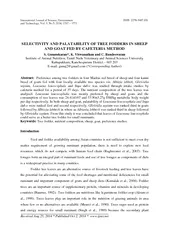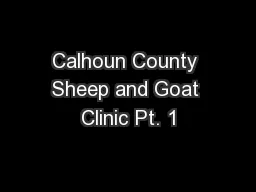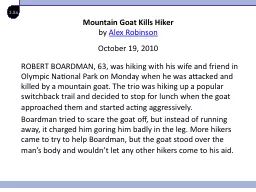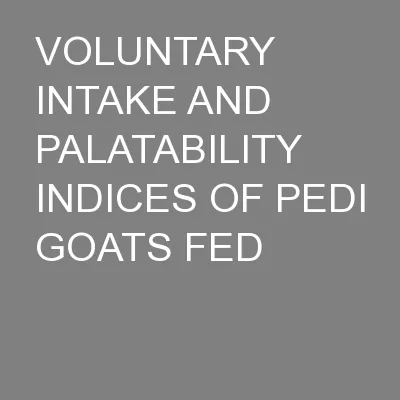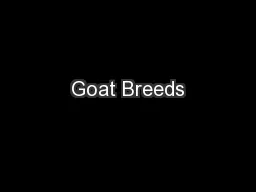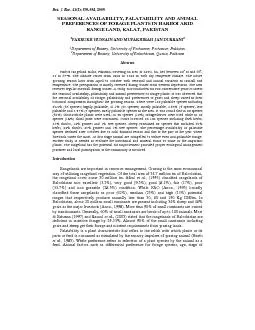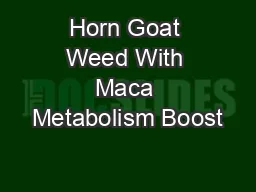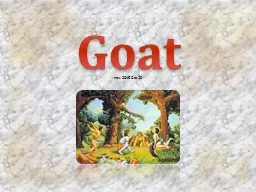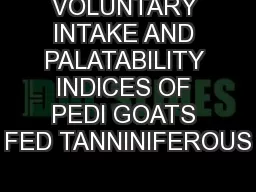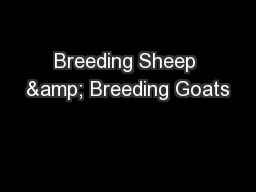PDF-SELECTIVITY AND PALATABILITY OF TREE FODDERS IN SHEEP AND GOAT FED BY
Author : giovanna-bartolotta | Published Date : 2015-07-22
International Journal of Science Environment ISSN 22783687 O and Technology Vol 3 No 5 2014 1767
Presentation Embed Code
Download Presentation
Download Presentation The PPT/PDF document "SELECTIVITY AND PALATABILITY OF TREE FOD..." is the property of its rightful owner. Permission is granted to download and print the materials on this website for personal, non-commercial use only, and to display it on your personal computer provided you do not modify the materials and that you retain all copyright notices contained in the materials. By downloading content from our website, you accept the terms of this agreement.
SELECTIVITY AND PALATABILITY OF TREE FODDERS IN SHEEP AND GOAT FED BY: Transcript
Download Rules Of Document
"SELECTIVITY AND PALATABILITY OF TREE FODDERS IN SHEEP AND GOAT FED BY"The content belongs to its owner. You may download and print it for personal use, without modification, and keep all copyright notices. By downloading, you agree to these terms.
Related Documents

